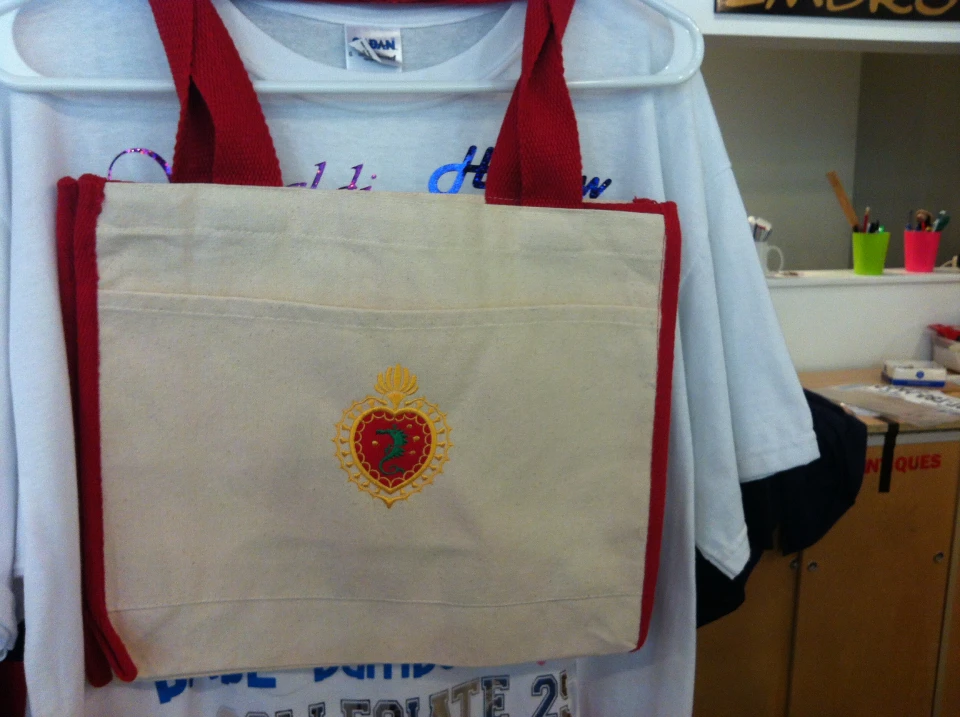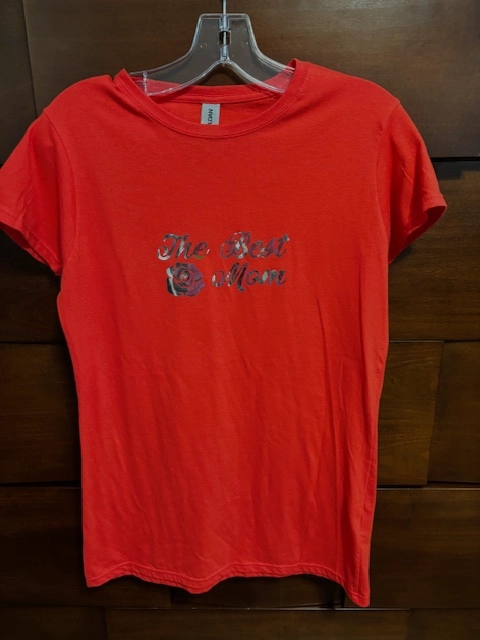The Art of Custom Needlework: Opening the Keys to Creating Distinct and Remarkable Layouts
The secrets to developing personalized embroidery designs that captivate the eye and leave an enduring impact lie in a fragile balance of method, creativity, and focus to information. As we delve right into the globe of customized embroidery, we reveal the nuanced interaction in between string selection, stitch complexity, and design customization that elevates a simple garment to a work of art.
Picking the Right Embroidery Threads
When selecting embroidery strings, what vital variables should you think about to guarantee the most effective results for your custom-made designs? The choice of needlework thread is vital in determining the last end result of your embroidered style. Among the main considerations is the material of the thread. Various products such as cotton, polyester, rayon, and silk supply differing degrees of luster, toughness, and texture. It is vital to select a string product that complements the textile you are stitching on and straightens with the preferred look of the style.
In addition, the weight or density of the thread plays a significant duty in the appearance of the needlework. Thicker strings can include measurement and appearance to your layout, while finer strings are ideal for complex information and little text. Additionally, taking into consideration the shade fastness and washability of the string is crucial to make sure that your custom-made designs maintain their quality and vibrancy in time. By carefully evaluating these aspects and selecting top quality threads that meet your details demands, you can enhance the aesthetic appeal and long life of your embroidered creations.
Checking Out Different Stitch Techniques
To look into the realm of 'Checking out Various Stitch Strategies', one should understand the details and subtleties that each sewing approach brings to the art of needlework. Different stitch methods not only include aesthetic interest yet additionally contribute to the overall structure and dimension of the style. One prominent stitch strategy is the satin stitch, which entails closely jam-packed parallel stitches to create a smooth and shiny surface, ideal for filling out forms and creating vibrant details.
On the various other hand, the backstitch is a functional technique commonly utilized for outlining and adding great details. It includes stitching backward to produce a strong line of embroidery. In addition, the French knot stitch includes a responsive aspect to styles, best for developing textured accents like flower centers or ornamental touches.
Exploring different stitch techniques allows embroiderers to play with light, shadow, and deepness within their designs, elevating the aesthetic allure and imaginative high quality of their needlework jobs. By mastering various sewing methods, one can unlock unlimited opportunities for creating one-of-a-kind and unforgettable custom-made embroidery items.
Incorporating Personalized Style Elements
Having checked out the ins and outs of different stitch methods such as the satin stitch, backstitch, and French knot, the emphasis now moves towards incorporating personalized style aspects in custom needlework tasks. Individualized design elements play an important function in making needlework jobs really unique and unforgettable.
Another means to integrate customized style aspects is by including icons or themes that hold unique significance to the recipient or show their rate of interests and individuality. For instance, including useful source a favored blossom, pet, or hobby-related symbol can make the needlework layout more meaningful and tailored. Additionally, picking colors that resonate with the recipient or line up with the desired motif can even more boost the customization of the needlework project.
Understanding the Art of Color Sychronisation

One secret aspect of shade sychronisation is recognizing color concept. This consists of knowing just how various shades communicate with each various other, the feelings they convey, you can look here and exactly how they can be incorporated to create visually attractive designs. By applying color concept principles, embroiderers can develop additional reading harmonious color palettes that improve the total look of the design.
Furthermore, paying attention to contrast is crucial in color sychronisation. Using contrasting shades can help particular elements of the style pop, improve clarity, and create a visually dynamic embroidery item. By understanding the art of color sychronisation, embroiderers can boost their designs and create memorable items that reverberate with customers and visitors alike.
Enhancing Texture With Advanced Embroidery Stitches

French knots, as an example, are excellent for adding small, elevated dots to your design, simulating the appearance of beads or creating a textured surface. Bullion knots, on the other hand, can be made use of to create twisted, ropelike elements that include a glamorous feeling to the embroidery. Seed stitching entails small, scattered stitches that can fill out locations with a polychromatic appearance, while turkey job develops cosy, dimensional accents evocative animal hair or foliage. Experimenting with these innovative embroidery stitches allows you to push the borders of conventional needlework and produce absolutely one-of-a-kind and aesthetically appealing appearances in your styles.
Conclusion
To conclude, the art of custom-made needlework includes a mix of picking the right threads, discovering numerous stitch methods, integrating individualized layout aspects, grasping shade coordination, and improving texture with sophisticated stitches. By comprehending and carrying out these essential elements, embroiderers can develop unique and remarkable styles that display their creativity and skill. Needlework lovers can unlock the secrets to developing attractive and bespoke pieces that stand apart and leave a long-term impact.
Comments on “Tailored Mugs with Customized Embroidery Layouts for a Special Present”